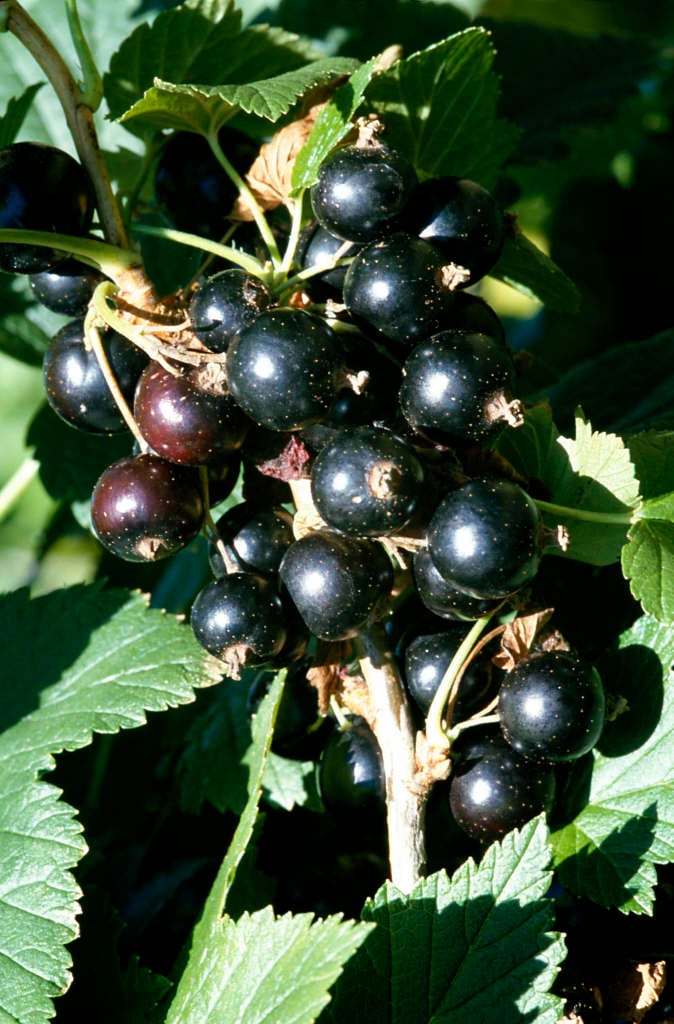Size
Ultimate height
1–1.5 metresTime to ultimate height
2–5 yearsUltimate spread
1–1.5 metresGrowing conditions
Moisture
Moist but well–drainedpH
Acid, Alkaline, NeutralColour & scent
| Stem | Flower | Foliage | Fruit | |
| Spring | Green | Green | ||
|---|---|---|---|---|
| Summer | Green | Black | ||
| Autumn | Green | |||
| Winter |
Position
- Full sun
Aspect
East–facing or South–facing or North–facing or West–facing
Exposure
Sheltered Hardiness
H6Botanical details
- Family
- Grossulariaceae
- Native to GB / Ireland
- No
- Foliage
- Deciduous
- Habit
- Bushy
- Genus
Ribes can be deciduous or evergreen shrubs, sometimes spiny, with simple, usually palmately lobed leaves and small tubular or bell-shaped, solitary or racemose flowers borne in spring or summer, followed by juicy, sometimes edible berries
- Name status
Accepted
How to grow
Cultivation
Grow as a multi-stemmed bush in a soil enriched with well-rotted manure or compost. Tolerates a range of soils including slightly alkaline ones. Add a balanced general fertiliser and additional nitrogen in spring
Propagation
propagate by hardwood cuttings in the dormant season
Suggested planting locations and garden types
- Cottage and informal garden
- Wildlife gardens
- Edible fruit
Pruning
Prune blackcurrants when dormant, from late autumn to late winter. Fruit forms on young wood, so when pruning aim to remove older wood, leaving the young shoots
Pests
May be susceptible to gall mites, gall midge and aphids
Diseases
May be susceptible to a leaf spot, powdery mildews, coral spot and sometimes honey fungus
Get involved
The Royal Horticultural Society is the UK’s leading gardening charity. We aim to enrich everyone’s life through plants, and make the UK a greener and more beautiful place.
